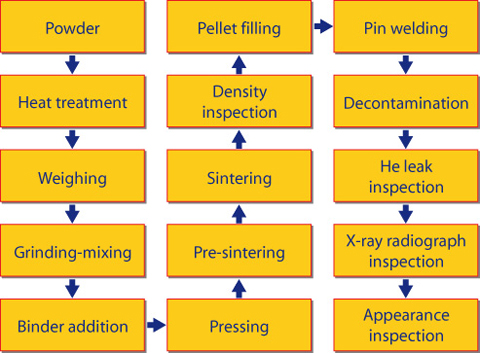Fig.1-16 The aspects of remote fuel fabrication system in AGF

Fig.1-17 The fuel fabrication process in hot cells
Fig.1-18 Optimization of the sintering condition for Am-MOX fuels
In the Alpha-Gamma Facility (AGF), a fabrication technique incorporating americium (Am) in mixed oxide fuel (Am-MOX fuel) has been developed for a low decontamination TRU fuel system, required in plans for a commercial Fast Breeder Reactor (FBR) fuel cycle with low environmental burden. This remote fabrication technique was demonstrated through fabrication of Am-MOX fuel into pins for irradiation tests performed in the experimental fast reactor "JOYO" in order to elucidate the irradiation behavior of Am-MOX fuel.
The outlines of the apparatuses and the fabrication tests are mentioned below.
The pellet fabrication system was composed by some equipments, such as a powder feeder, a grinding-mixing machine, a hydraulic pressure pressing machine, sintering furnaces, and a pellet measurement-inspection devices. These equipments were installed in three inner-boxes surrounded with concrete shield walls of 1 meter thickness. Moreover, pin fabrication and inspection apparatuses such as a pellet filling device, a welding device, and a non-invasive inspection system were installed. In this process, after fuel pellets are inserted in fuel cladding tubes, they are welded to keep them air-tight. An outline of the facility and the fabrication process are shown in Fig.1-16 and Fig.1-17, respectively. The whole facility is operated remotely using manipulators, and therefore, new features were introduced for operability. Consequently, highly radioactive MA and/or fission products (FP) can be treated safely.
Firstly, a fabrication test of 200 UO2 pellets confirmed that there were no technical issues in the remote-operability of the designed fabrication system even though it is a small scale facility.
Next, in the Am-MOX fabrication tests, decrease of pellet density occurred due to micro cracks and pores formed as the content of Am increased. In addition, it was found that the sintering time should be longer than for normal MOX fuel. Based on other information and a lot of trial tests as well as these experiences, the optimum fabrication conditions (Fig.1-18) achieving high density and stable structure were developed.
Up to now, five Am-MOX fuel pins (maximum Am content 5 wt.%) have been fabricated, for short-term (3 pins) and for long-term (2 pins) irradiation tests in "JOYO". This technique should be of use in other kinds of low decontamination factor fuels planned in the future.